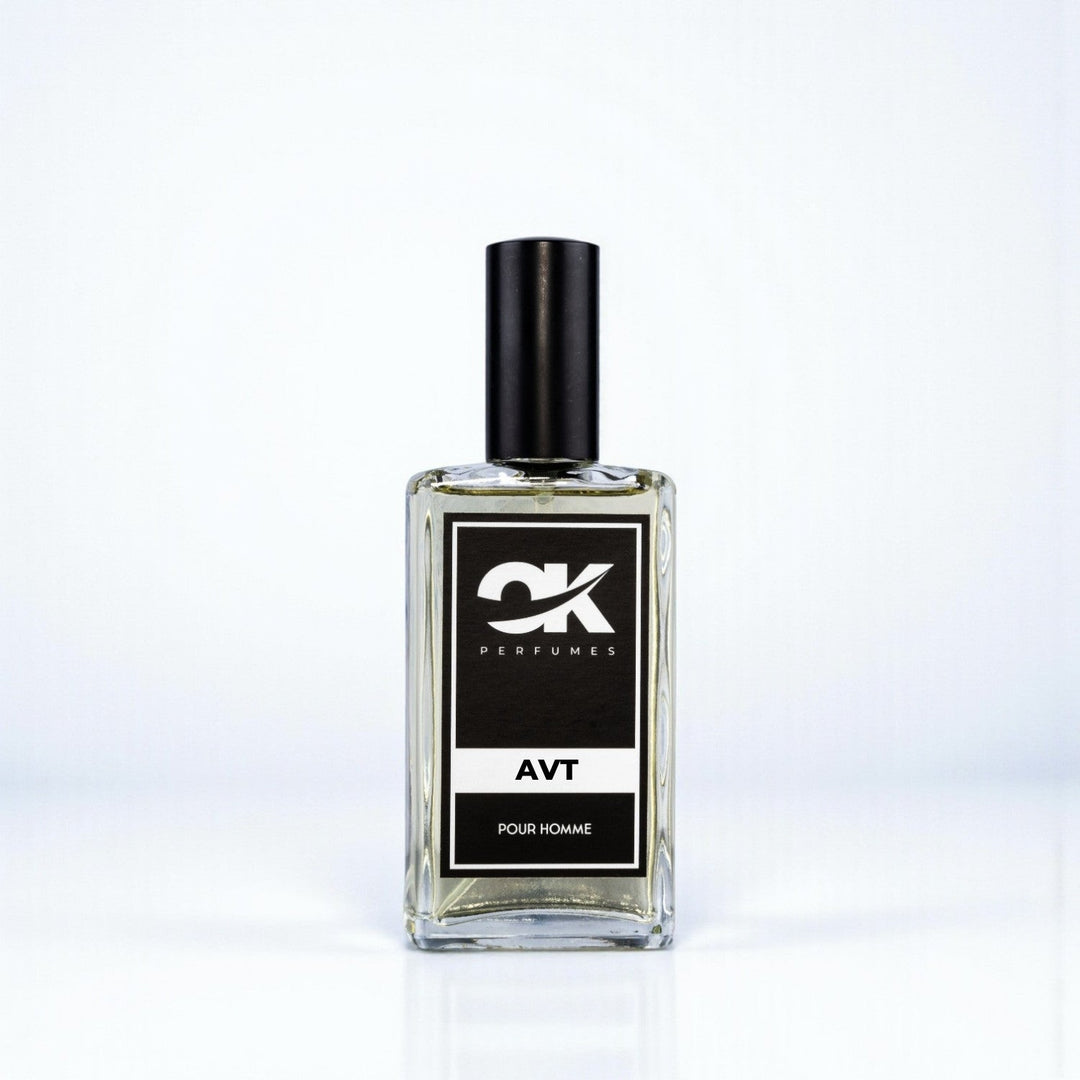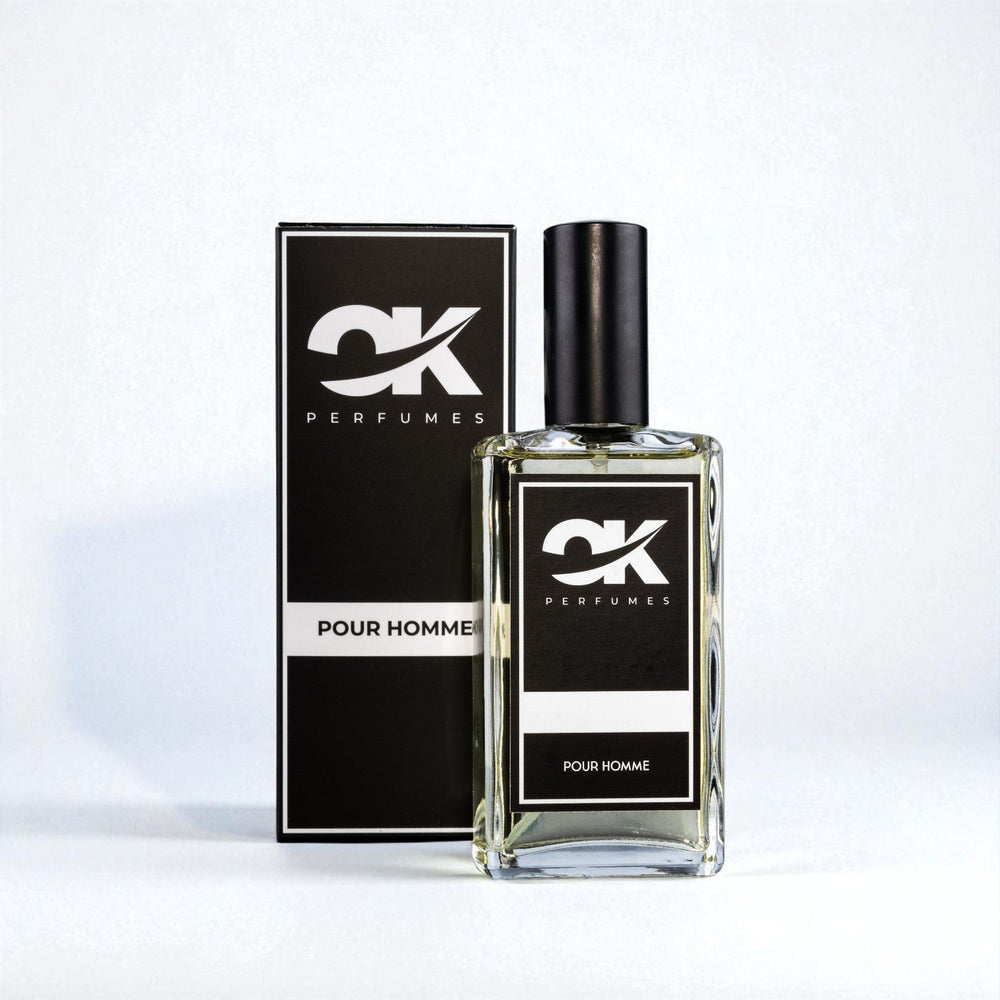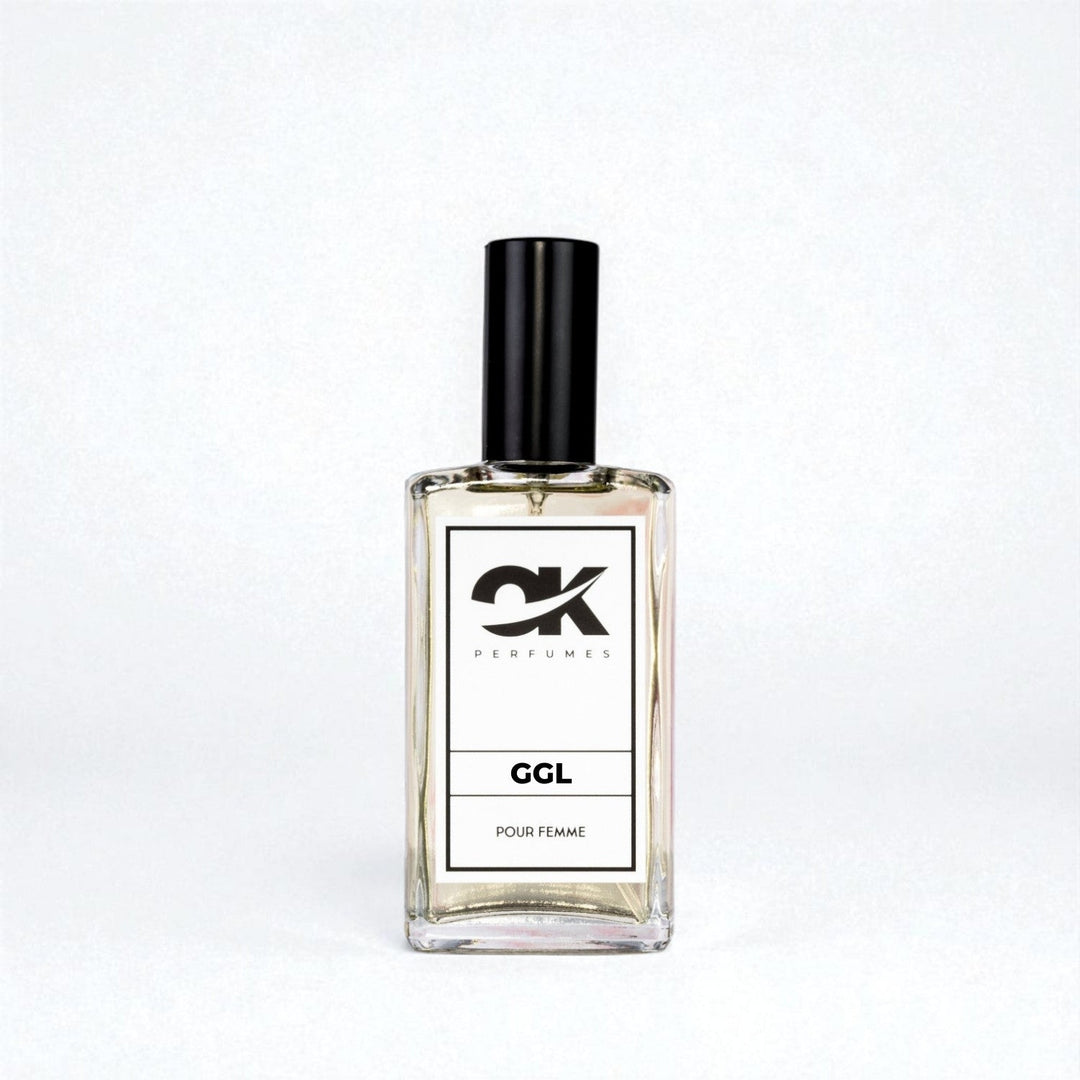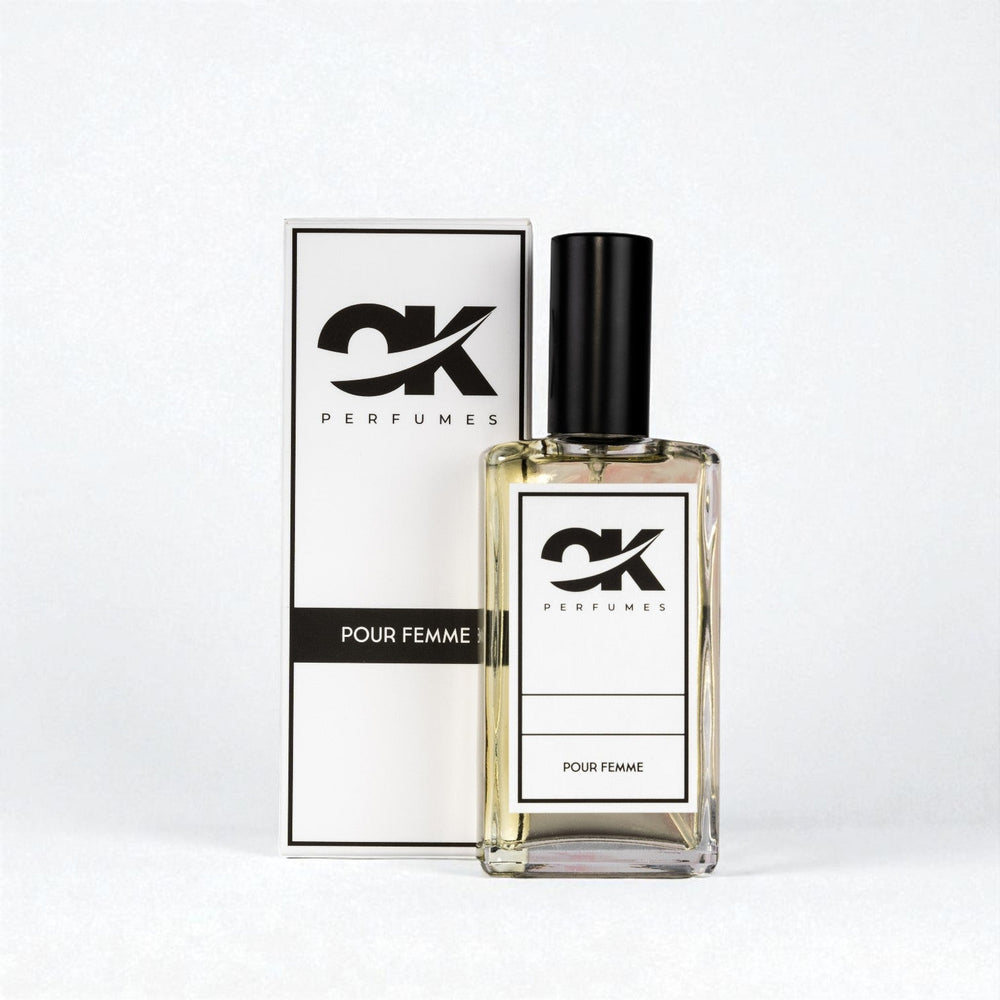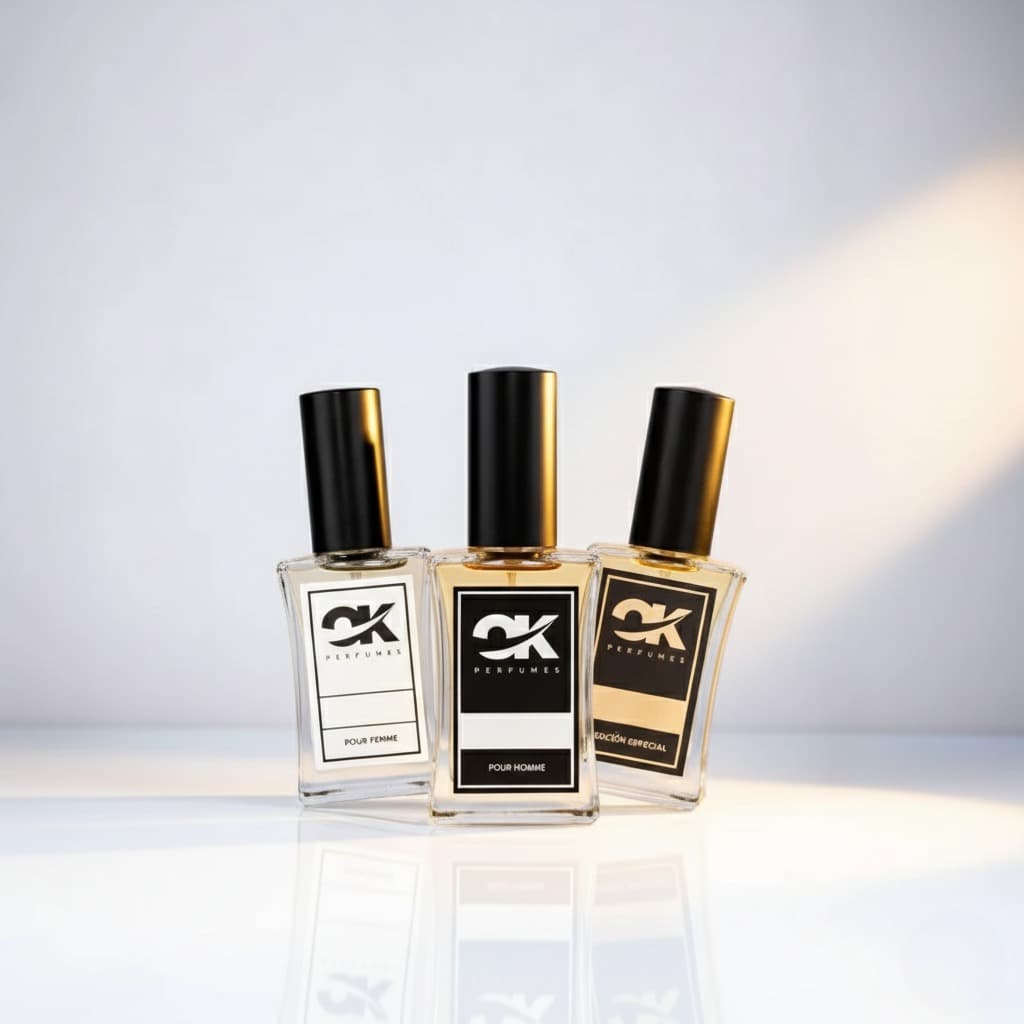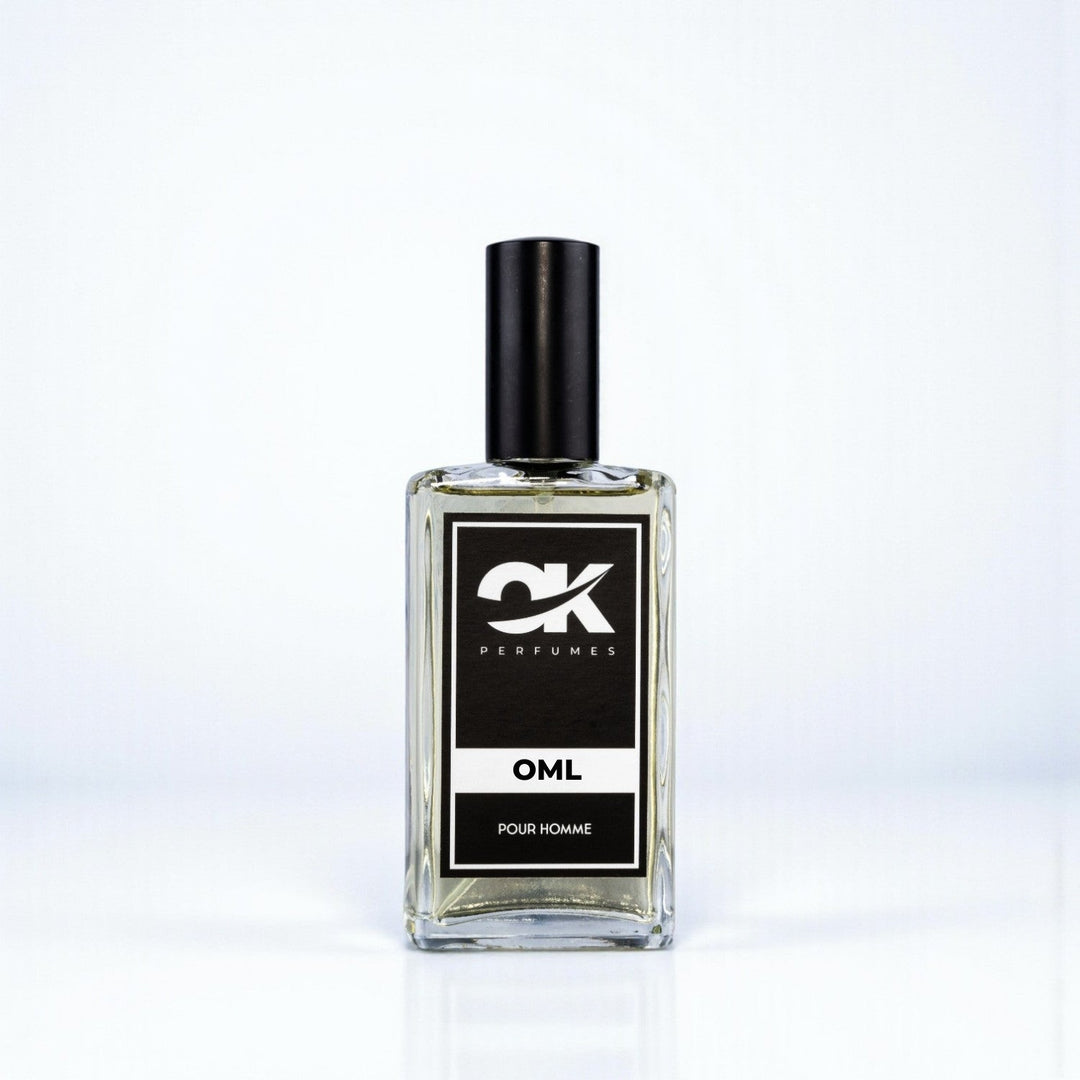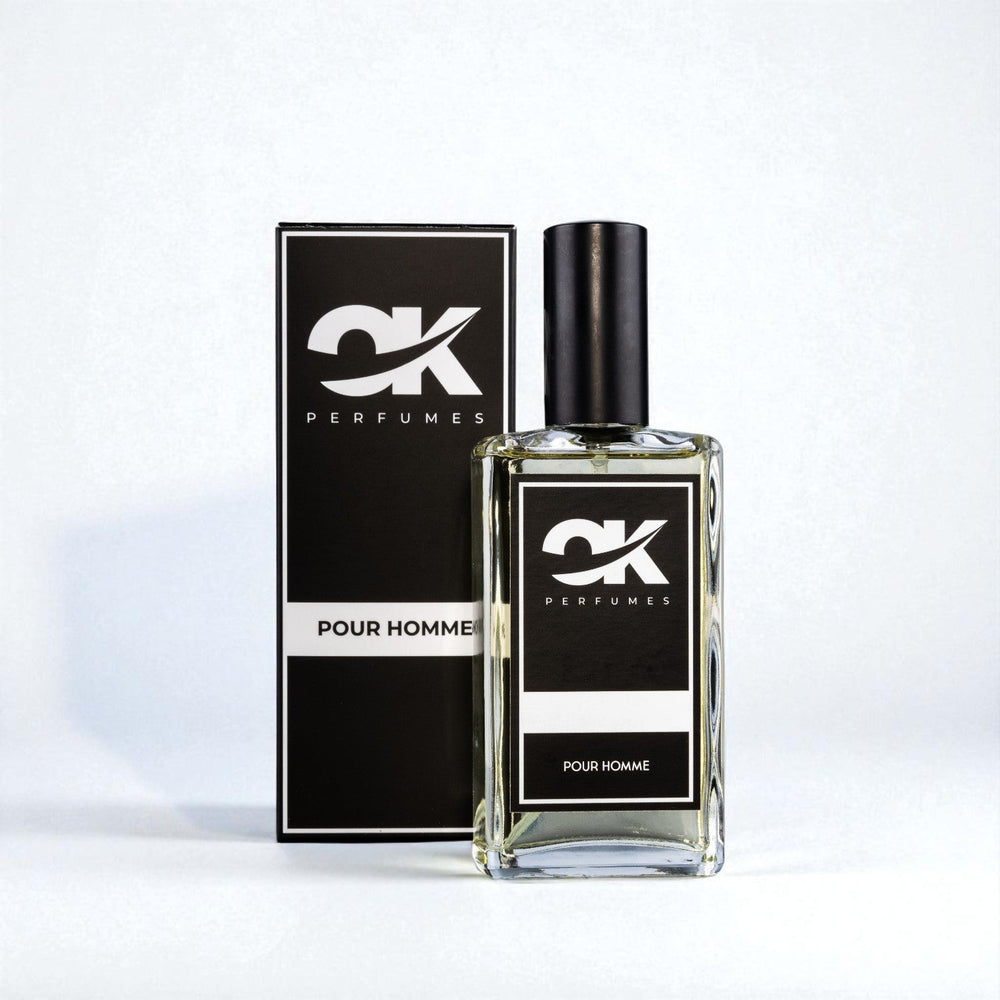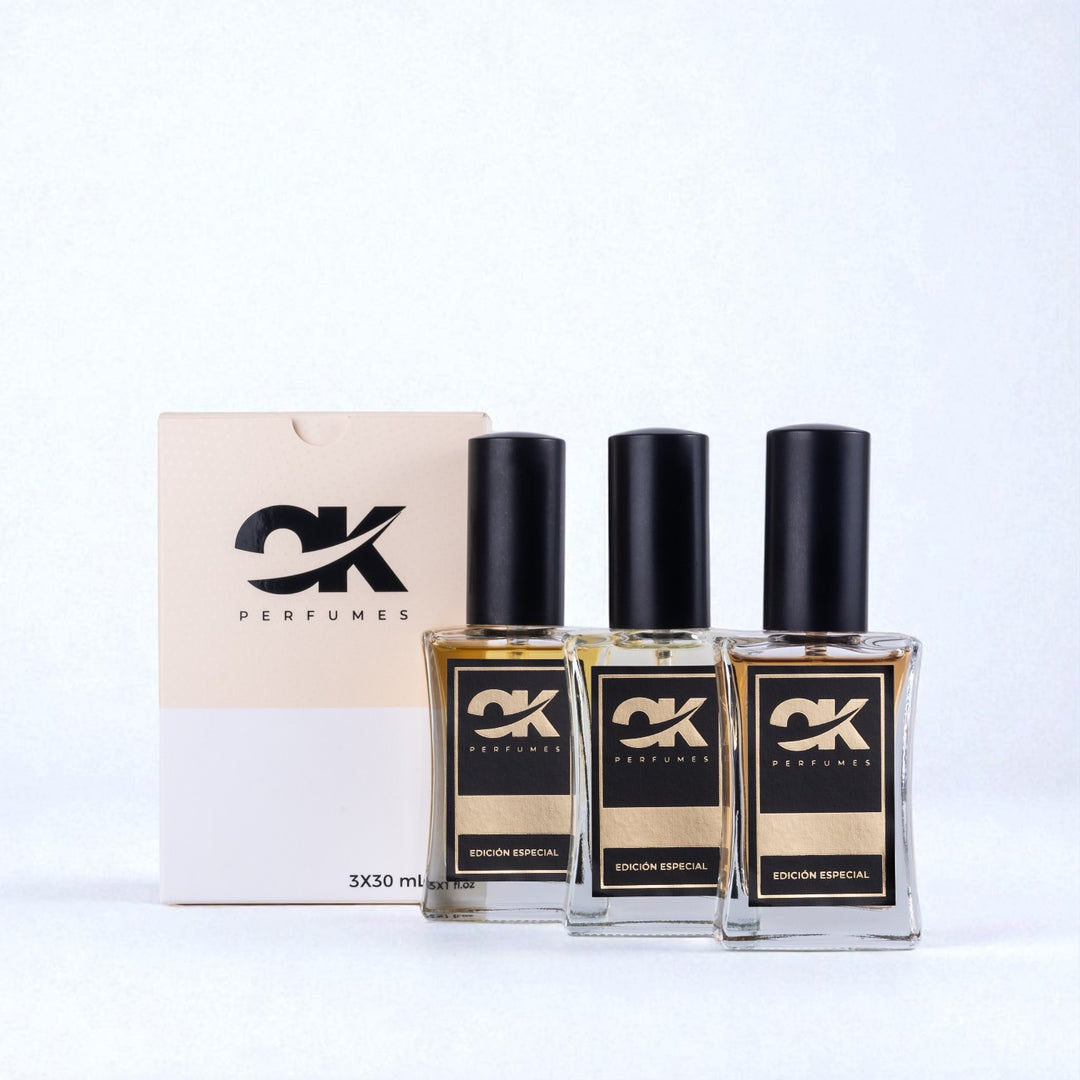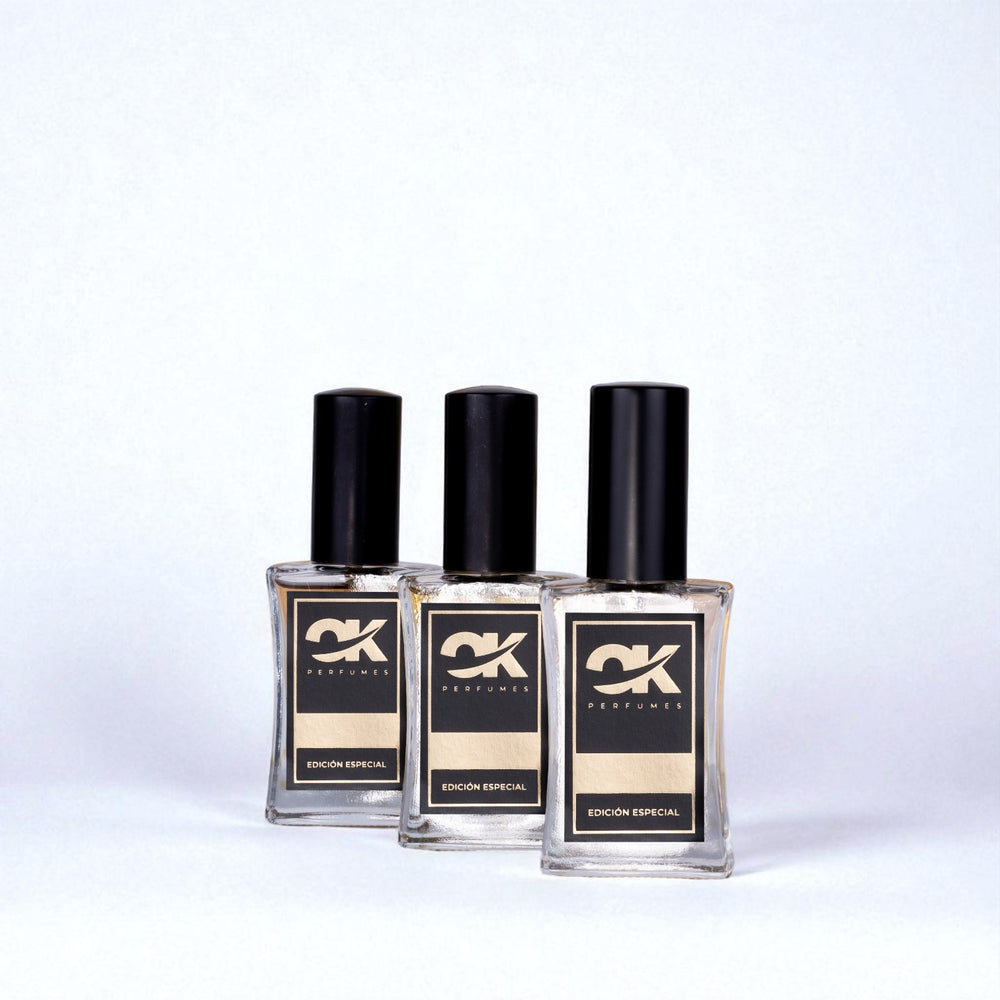Discover the Art of Reading a Perfume Label
Choosing a perfume may seem like a simple task, but the reality is that behind each bottle lies a world of details that deserve to be understood. Reading a perfume label is essential for making informed decisions and ensuring you're choosing the right product for you. In this article, we'll teach you how to interpret perfume labels, from the jargon used to the factors that influence their quality and price .
Why is it important to read the label?
Perfume labels not only list the name and brand, but also provide key information about the perfume's equivalency and composition. Understanding this information can help you select the perfume that best suits your tastes and needs.
Key Elements on a Perfume Label
- Olfactory Notes: These are the different layers of fragrance perceived in the perfume. They are divided into top notes, middle notes, and base notes.
- Concentration: Indicates the strength of the perfume and how long it lasts on the skin. Higher concentrations tend to be more expensive and of higher quality .
- Manufacturer: The brand can influence a product's image. Researching the manufacturer's reputation can help you determine the fragrance's quality .
- Ingredients: Some perfumes use natural ingredients, while others may contain chemicals. It's important to know what you're applying to your skin.
Understanding Olfactory Notes
Olfactory notes are commonly classified into three categories:
1. Top Notes
These are the first notes you notice when applying the perfume. They tend to be fresh and light, as they evaporate most quickly. Some common notes include citrus, fruits, and herbs.
2. Heart Notes
After the top notes fade, the heart notes appear. These are the "body" of the perfume and tend to last longer. Examples of these notes are flowers, spices, and fruits.
3. Base Notes
Finally, the base notes are the ones that linger on the skin the longest. They tend to be heavier and deeper, such as woods, amber, or moss. These notes help seal the fragrance into the skin.
The Concentration of Perfume
Concentration is a vital factor that determines the price and longevity of a perfume. Below are the most common concentrations:
- Eau de Toilette: It has a lower concentration, usually 5% to 15%. Its fragrance lasts about 3 to 5 hours.
- Eau de Parfum: It has a medium concentration of 15% to 20%. It lasts between 4 and 8 hours and is most popular among those looking for something long-lasting.
- Parfum: This type of perfume has the highest concentration, around 20% to 40%, offering a duration of more than 8 hours.
The Quality of Perfume and its Price
The relationship between quality and price is crucial when choosing a perfume. High-quality perfumes often contain finer ingredients and are better crafted, which increases their cost. However, this doesn't mean you can't find excellent perfumes at affordable prices. Here are some tips for evaluating this relationship:
- Research the brand and its reputation in the market.
- Read other users' reviews.
- Compare prices between different stores and online platforms.
Equivalences in Perfumes
One of the increasingly popular concepts is perfume equivalency , which involves finding fragrances similar to designer perfumes at a lower price. This option is ideal for those who want to enjoy a similar scent without spending a fortune.
Benefits of Equivalences
- Accessibility: They allow you to obtain similar fragrances at lower prices.
- Variety: The options available on the market are increasing.
- Testing: Facilitates experimentation with different aromas without a large investment.
Tips for Choosing Your Ideal Perfume
Choosing a perfume is a very personal process. Here are some tips to help you in your search:
- Test the perfume on your skin, as body chemistry can influence how the fragrance develops.
- Try different times of day. Weather conditions can affect scent perception.
- Apply perfume to places that won't be touched, such as your wrist or behind your ears.
- Don't overdo it when testing. Focus on two or three at a time to avoid confusion.
The Importance of Testing
The best way to find a suitable perfume is to experiment. Many stores offer samples or testers, so don't hesitate to use them. Allowing a perfume to develop on your skin is key to understanding how it behaves and whether you really like it.
Adapting your Option to each Occasion
Perfumes can vary depending on the occasion. A light, fresh scent might be ideal for work, while a more intense, seductive scent might be perfect for a date. Consider the setting and the activity before choosing your fragrance.
Perpetuating Your Favorite Scent
Once you've found your ideal perfume, it's important to prolong its lifespan. Here are some tips:
- Apply to pulse points such as the wrists, behind the ears, and on the inside of the elbows.
- Use fragrance-free moisturizer before application, as it helps the scent adhere better.
- Avoid rubbing your wrists together after applying, as this can break down the perfume molecules.
Sense and Elegance: The Essence of Perfume
Choosing a perfume isn't just a matter of scent, but a reflection of your emotions, personality, and lifestyle. The way a perfume interacts with you can spark memories, evoke sensations, and leave a lasting impression on those around you. By following these tips and strategies for reading labels, you'll be able to make an informed choice and connect more deeply with the best perfumes on the market.
You're now ready to dive into the world of fragrances. The next time you pick up a bottle of perfume, you'll remember there's so much more behind every label. Explore, experiment, and find your perfect scent!
Discover the amazing creations of a fellow Shopify store owner by visiting their online store. Click here to explore. Keep in mind that this is a promotional link, and we are not responsible for the content of the linked store.




